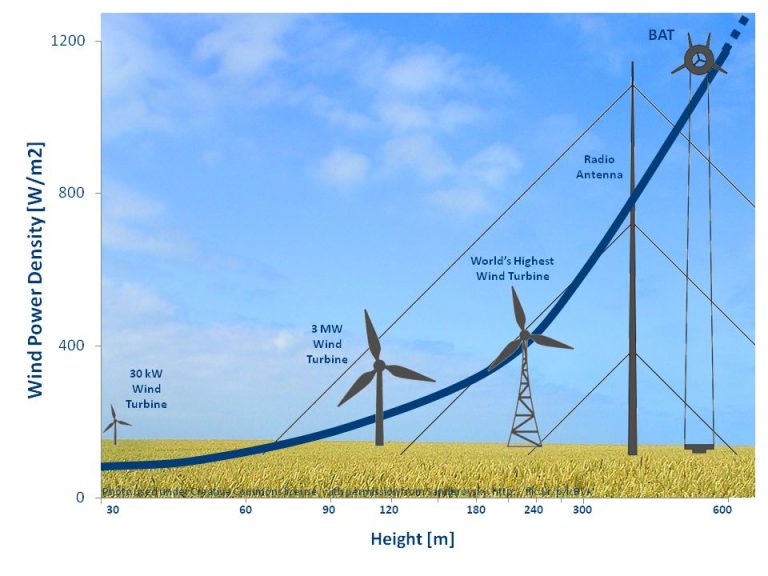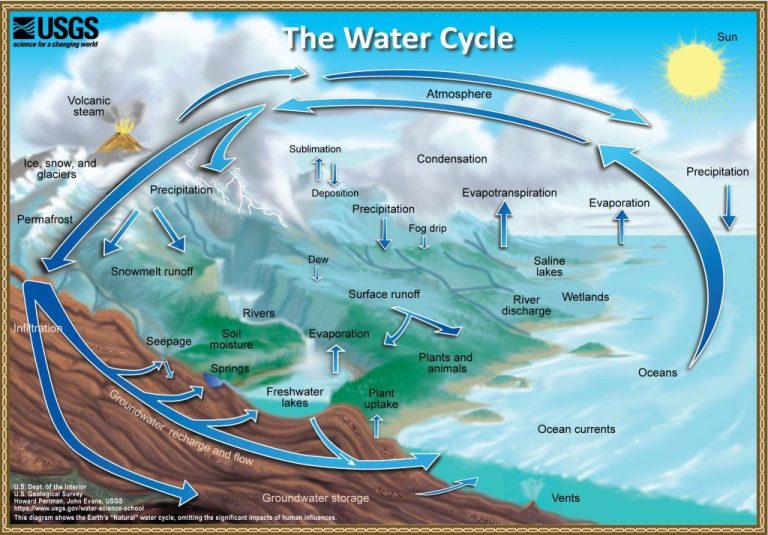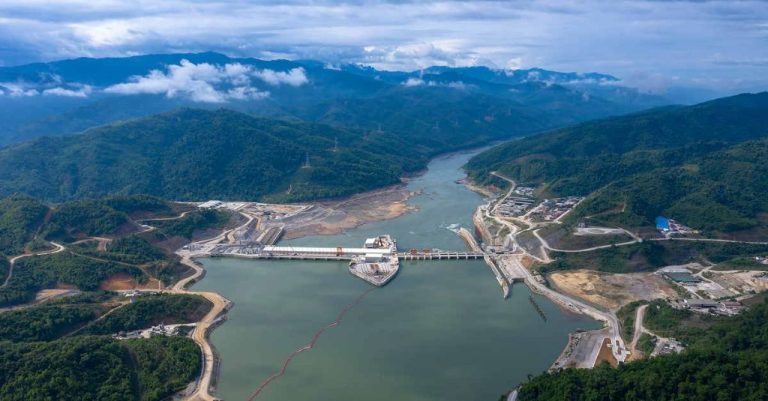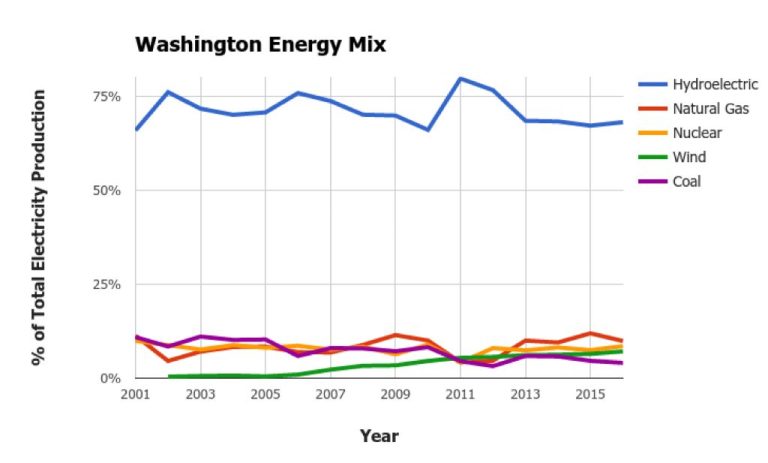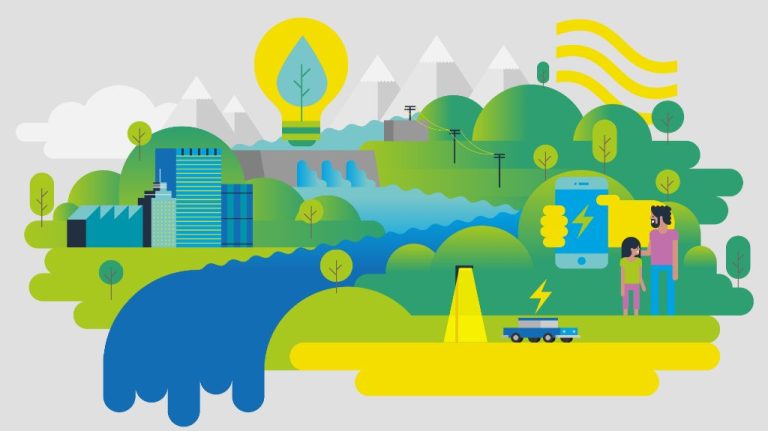How Much Hydropower Is Available?
Hydropower is a renewable energy source that utilizes moving water to generate electricity. Understanding the availability of hydropower globally is important as nations shift to lower-carbon energy sources to mitigate climate change. Hydropower emits significantly less greenhouse gases compared to fossil fuel-based power generation. With water availability projected to change due to climate change, it is crucial to examine current and future hydropower resources.
This analysis aims to provide an overview of global hydropower capacity and potential. It will examine key regions and countries in terms of installed capacity and untapped resources. Projections for hydropower growth will also be explored given factors such as demand, supply, regulations, and technological innovation. The goal is to leave readers with a comprehensive understanding of the current state and future outlook of the global hydropower landscape.
Global Hydropower Resources
Global technical potential for hydropower is estimated to be about 16,400 terawatt-hours per year, according to the International Energy Agency. The top five countries with the most hydropower capacity are China, Brazil, Canada, the United States and Russia, accounting for over half of total global capacity. As of 2021, China had the most installed hydropower capacity at over 380 GW, followed by Brazil, Canada, the U.S. and Russia.
Hydropower Generating Capacity
Global installed hydropower capacity reached approximately 1,397 gigawatts (GW) in 2021, up from 1,370 GW in 2020, according to Statista. Asia currently has the highest installed hydropower capacity at 774 GW, followed by Europe at 336 GW. China leads with 356 GW of installed capacity, representing over a quarter of global capacity.
Hydropower capacity grew steadily in the early 2000s but has slowed down in recent years. Annual capacity additions peaked at 55 GW in 2003 and have declined to an average of 20-30 GW per year from 2010-2020, according to the 2022 Hydropower Status Report. However, growth is expected to pick up again, with over 230 GW of new capacity forecast globally between 2021-2030.
While developed regions like Europe and North America have utilized much of their potential capacity, other areas such as Southeast Asia, South America, Central Africa and Central Asia still have significant untapped resources that could support future growth.
Factors Influencing Hydropower Capacity
There are several key factors that influence the capacity of hydropower generation. Geography plays an important role, as the locations suitable for building large dams or capturing flowing water are limited. For example, according to the U.S. Energy Information Administration, in 2021 the capacity factors for utility-scale hydropower generators in the U.S. ranged from 22% in Texas to 62% in the Northwest, reflecting regional differences in water availability and flow rates (EIA).
Environmental concerns and regulations also impact capacity, as generating large amounts of hydropower can disrupt wildlife habitats and ecosystems. The environmental impact of dams has led to increased scrutiny and regulations in many parts of the world. There are ongoing efforts to mitigate habitat loss and manage water flows to balance energy production with environmental health.
The high upfront costs associated with building large dams and hydropower infrastructure is another limiting factor on capacity growth. The availability of affordable and suitable sites is decreasing globally. While smaller run-of-river and micro hydropower projects have lower costs and environmental impacts, they generate less total electricity.
Untapped Potential
Globally, around half of hydropower’s economically viable potential remains untapped, according to a report by the International Energy Agency [1]. The potential is particularly high in emerging economies and developing countries. For example, only around 25% of the technically feasible hydropower resources have been utilized in Southeast Asia. In Africa, less than 10% of feasible resources have been developed so far.
Some key regions with significant remaining exploitable hydropower resources include:
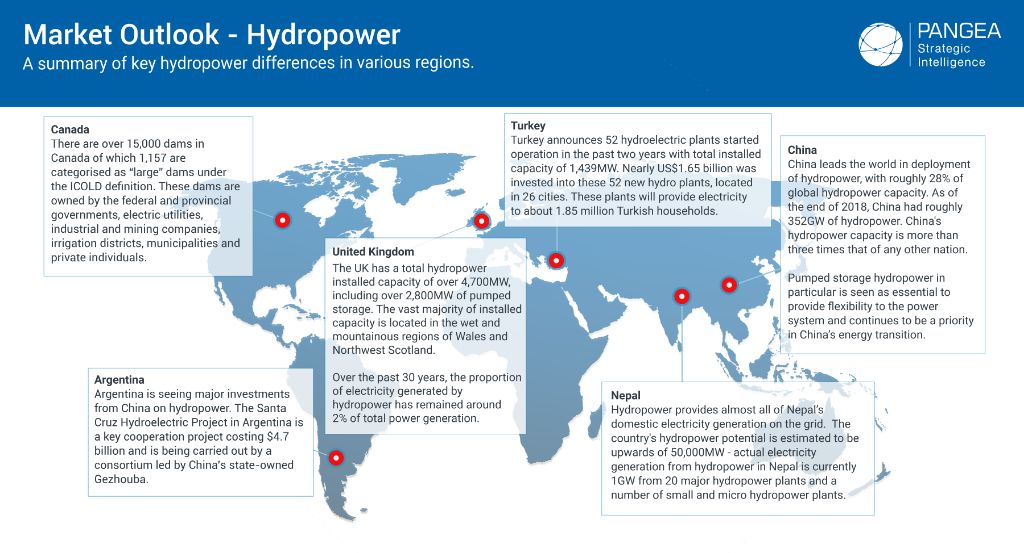
- Asia-Pacific: China, India, Indonesia, Philippines
- Africa: Democratic Republic of Congo, Ethiopia, Mozambique
- South America: Brazil, Peru, Colombia
According to one study, the total remaining global hydropower potential is approximately 10,000 – 13,000 TWh/year across 150 countries[2]. Tapping even a fraction of this untapped resource could contribute substantially to meeting rising electricity demand in an affordable and sustainable manner.
Maximizing Potential
There is significant potential to increase hydropower generation through upgrades to existing infrastructure and development of new small and pumped storage plants. According to the U.S. Department of Energy, upgrades to existing hydropower facilities could yield an additional 14-18 GW of capacity (A New Vision for United States Hydropower). This includes modernizing turbine runners and generators, replacing aging equipment, and improving hydroelectric dam operational flexibility. Small hydropower projects under 1 MW also hold promise, with over 500 MW of potential new capacity from existing dams and conduits not currently generating power.
Pumped storage hydropower is another area of major untapped potential. Pumped storage plants can store energy and provide reserves and grid reliability services. According to the National Renewable Energy Laboratory, the U.S. has over 90 GW of potential new pumped storage capacity, but has developed less than 3% of this technical potential (Unlocking Hydropower’s Potential). By upgrading existing infrastructure and strategically developing pumped storage and small hydropower projects, the U.S. can maximize hydroelectric generation from its existing water resources.
Challenges
While hydropower offers many benefits, it also comes with some significant challenges that must be addressed. Some of the major challenges include:
High development costs – Constructing large-scale hydropower projects requires major upfront investments. Massive dams, reservoirs, tunnels, and power stations can cost billions of dollars to develop. The huge capital costs and long construction timelines make financing difficult.
Droughts – Hydropower output relies on ample water flow in rivers and precipitation to fill reservoirs. During extended droughts, output can be severely reduced as water resources decline. Climate change is projected to increase drought frequency in many regions, further impacting generation.
Climate change impacts – In addition to more droughts, climate change is altering patterns of precipitation and runoff that hydropower depends on. More extreme flooding that damages infrastructure is also a risk. Melting glaciers that feed some rivers could first increase then decrease flows. Adapting hydropower systems to climate change presents technical and financial hurdles.
Future Outlook
Hydropower is projected to continue growing globally in the coming decades. According to the International Energy Agency (IEA), global hydropower capacity is forecast to increase by 17%, or 230 gigawatts (GW), between 2021 and 2030.
Micro hydropower systems will play an important role in this growth. Small-scale systems can provide clean electricity to rural and remote areas not connected to the main grid. Advances in turbine technology have made micro hydropower more efficient and cost-effective.
Innovations in pumped storage technology, such as variable speed pumps, can enable greater grid flexibility to integrate more renewable energy. New pumped storage projects and upgrades to existing facilities are planned in several countries.
Overall, hydropower is poised to continue expanding globally, aided by new large dams, micro hydropower installations, and technological improvements to meet 21st century electricity needs.
Key Players
The countries with the most hydropower capacity are China, Brazil, Canada, the United States, and Russia. According to GlobalData, the top hydropower companies by capacity are:
- China Three Gorges Corp – 302 GW (Source)
- Centrais Eletricas Brasileiras – 91 GW (Source)
- Hydro-Quebec – 37 GW (Source)
- RusHydro – 38 GW (Source)
- Enel SpA – 31 GW (Source)
Other major hydropower companies include Voith Hydro, GE Renewable Energy, Andritz Hydro, and Statkraft. Many of the largest hydropower producers are state-owned utilities or corporations based in countries with abundant hydro resources. Private companies often play a major role in hydropower project development, equipment manufacturing, and operations.
Conclusions
Hydropower is a mature and reliable renewable energy source that offers many benefits. As summarized in this article, there is abundant potential for hydropower globally, with an estimated 16,400 TWh/year of technically feasible potential. While only a fraction of this has been utilized so far, hydropower already provides 71% of all renewable electricity production as of 2021. With the proper investments and policies, much more of the untapped potential can be harnessed.
Realizing more of this potential can significantly help meet rising electricity demand sustainably. Hydropower’s unique characteristics like dispatchability, storage capabilities, and grid reliability also make it an important complement to variable renewable sources like wind and solar. As countries work to decarbonize their energy systems, scaling up environmentally responsible hydropower will be a key strategy. Though not without its challenges, hydropower remains one of our most vital tools for building a clean energy future.

